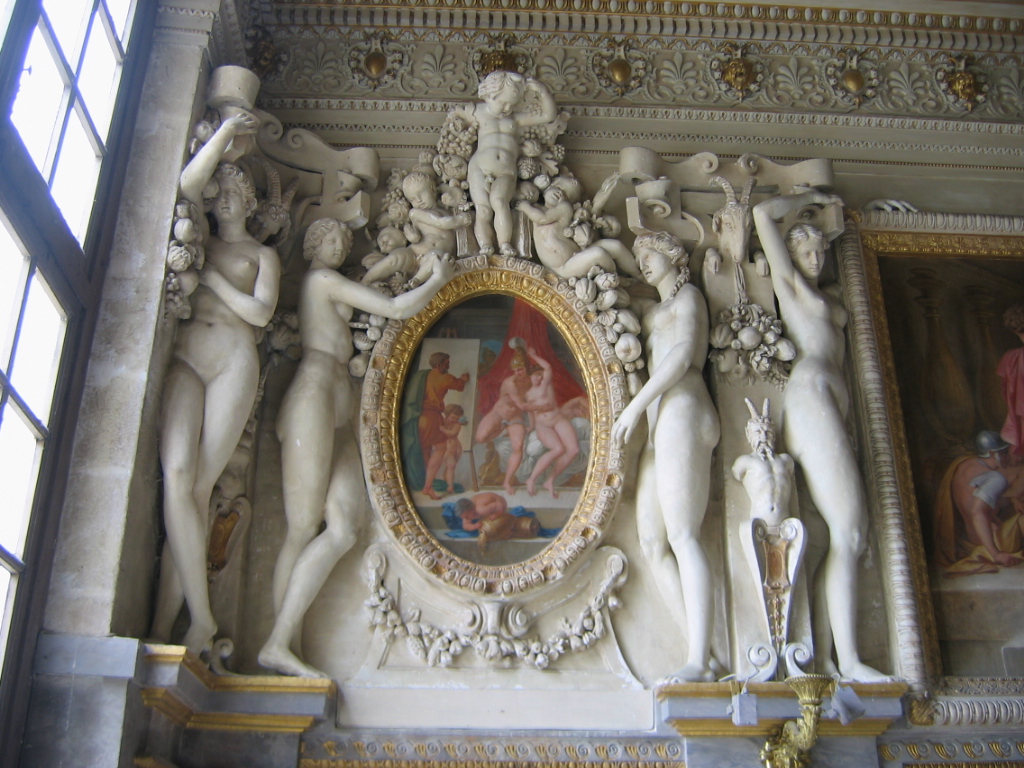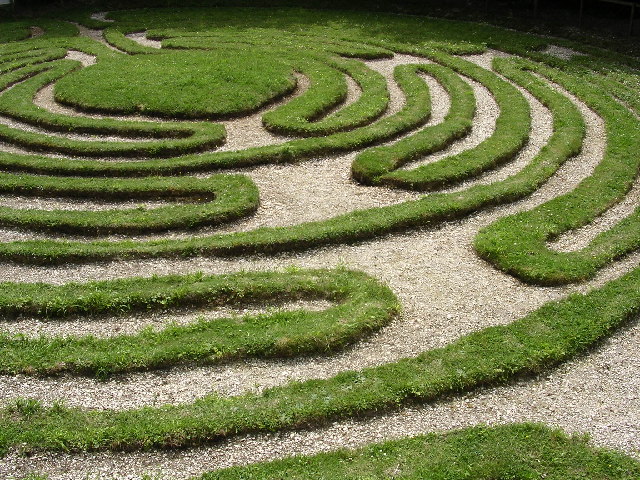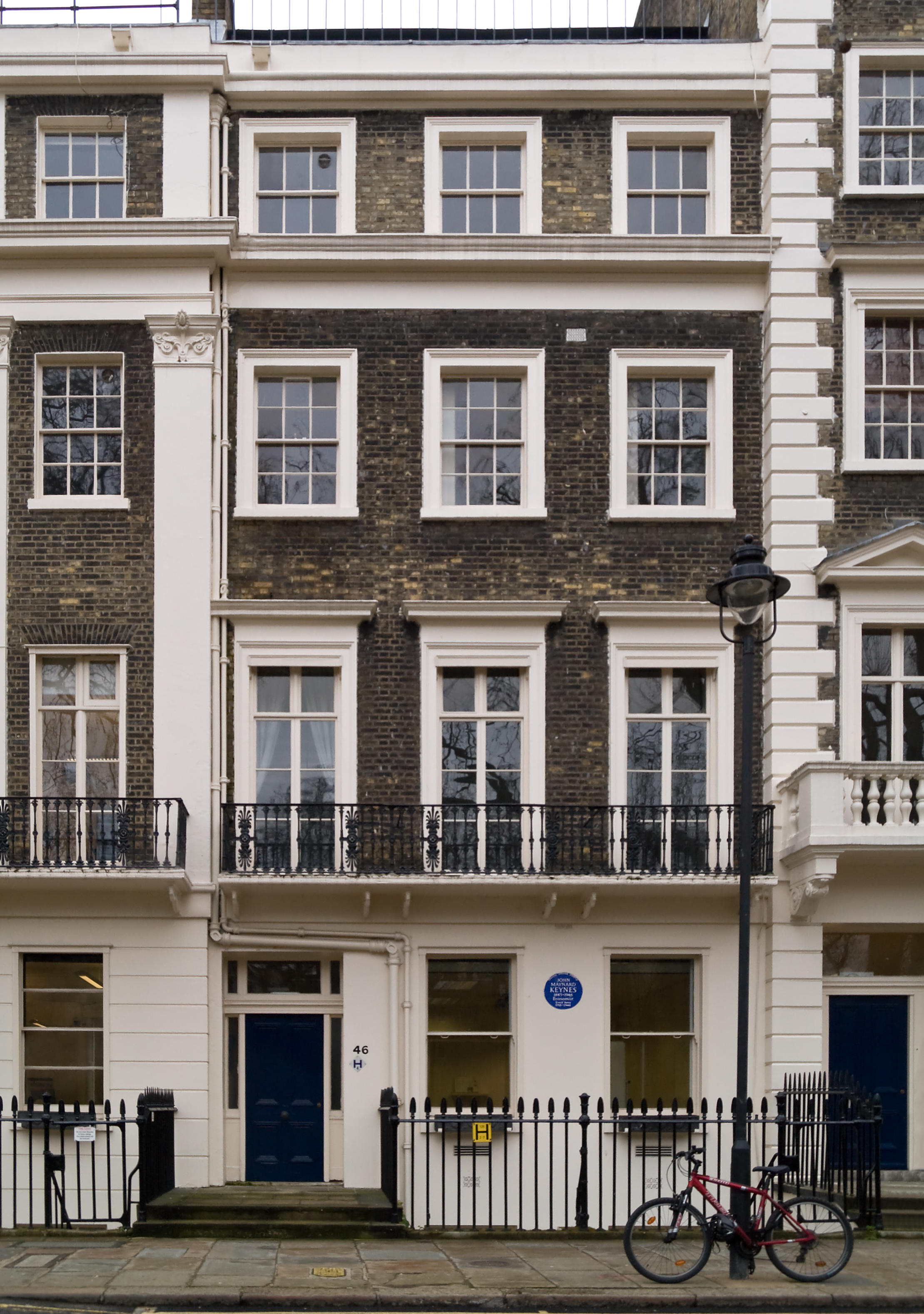|
Hilton, Huntingdonshire
Hilton is a village and civil parish in Cambridgeshire, England. Hilton lies approximately north-west of Cambridge. Hilton is situated within Huntingdonshire, which is a non-metropolitan district of Cambridgeshire as well as being a historic county of England. The parish adjoins those of Elsworth, Fenstanton, Hemingford Abbots, Hemingford Grey, Papworth Everard and Papworth St Agnes. The Church of England parish church is dedicated to St Mary Magdalene and is a Grade I listed building; it has a peal of six bells. Historically, the village was in Huntingdonshire for over 1,000 years until 1974. A fragment of a wall painting on plaster, made for Captain Sparrow (1601–1651), at Park Farm, Hilton, probably around the time of his marriage in 1633, is now in the Victoria & Albert Museum, London. The fragment depicts two figures representing the senses of Taste and Sight and was donated by David Garnett and his wife Angelica Bell of Hilton Hall, who were members of the ... [...More Info...] [...Related Items...] OR: [Wikipedia] [Google] [Baidu] |
Cambridgeshire
Cambridgeshire (abbreviated Cambs.) is a Ceremonial counties of England, ceremonial county in the East of England and East Anglia. It is bordered by Lincolnshire to the north, Norfolk to the north-east, Suffolk to the east, Essex and Hertfordshire to the south, Northamptonshire to the west, and Bedfordshire to the south-west. The largest settlement is the city of Peterborough, and the city of Cambridge is the county town. The county has an area of and had an estimated population of 906,814 in 2022. Peterborough, in the north-west, and Cambridge, in the south, are by far the largest settlements. The remainder of the county is rural, and contains the city of Ely, Cambridgeshire, Ely in the east, Wisbech in the north-east, and St Neots and Huntingdon in the west. For Local government in England, local government purposes Cambridgeshire comprises a non-metropolitan county, with five Districts of England, districts, and the Unitary authorities of England, unitary authority area o ... [...More Info...] [...Related Items...] OR: [Wikipedia] [Google] [Baidu] |
Plaster
Plaster is a building material used for the protective or decorative coating of walls and ceilings and for moulding and casting decorative elements. In English, "plaster" usually means a material used for the interiors of buildings, while "render" commonly refers to external applications. The term stucco refers to plasterwork that is worked in some way to produce relief decoration, rather than flat surfaces. The most common types of plaster mainly contain either gypsum, lime, or cement,Franz Wirsching "Calcium Sulfate" in Ullmann's Encyclopedia of Industrial Chemistry, 2012 Wiley-VCH, Weinheim. but all work in a similar way. The plaster is manufactured as a dry powder and is mixed with water to form a stiff but workable paste immediately before it is applied to the surface. The reaction with water liberates heat through crystallization and the hydrated plaster then hardens. Plaster can be relatively easily worked with metal tools and sandpaper and can be moulded, either on ... [...More Info...] [...Related Items...] OR: [Wikipedia] [Google] [Baidu] |
Local Planning Authority
A local planning authority (LPA) is the local government body that is empowered by law to exercise urban planning functions for a particular area. They exist in the United Kingdom and India. United Kingdom Mineral planning authorities The role of mineral planning authority is held by county councils, unitary authorities and national park authorities. Waste planning authorities The role of waste planning authority is held by county councils, unitary authorities and national park authorities. England For most matters, the planning authority is the borough, district or unitary council for the area. The non-metropolitan county councils (where they exist) are the planning authorities for minerals, waste and their own developments, such as most schools, care homes, fire stations and highways. The Mayor of London has the right to become the local planning authority for individual applications already submitted to a local planning authority. the local planning authorities in Englan ... [...More Info...] [...Related Items...] OR: [Wikipedia] [Google] [Baidu] |
Electoral Roll
An electoral roll (variously called an electoral register, voters roll, voters list, poll book or other description) is a compilation that lists persons who are entitled to vote for particular elections in a particular jurisdiction. The list is usually broken down by electoral districts, and is primarily prepared to assist election officials at polling places. Most jurisdictions maintain permanent electoral rolls, which are updated continuously or periodically (such as France which updates them annually), while some jurisdictions compile new electoral rolls before each election. Electoral rolls are the result of a process of voter registration. In most jurisdictions, voter registration (and being listed on an electoral roll) is a prerequisite for voting at an election. Some jurisdictions do not require voter registration, and do not use electoral rolls, such as the state of North Dakota in the United States. In those jurisdictions a voter must provide identification and proof of ... [...More Info...] [...Related Items...] OR: [Wikipedia] [Google] [Baidu] |
Parish Councils In England
A parish council is a civil local authority found in England, which is the lowest tier of Local government in England, local government. Parish councils are elected corporate bodies, with variable tax raising powers, and they carry out beneficial public activities in geographical areas known as civil parishes. There are about 10,480 parish and town councils in England. Parish councils may be known by different #Alternative styles, styles, they may resolve to call themselves a town council, village council, community council, neighbourhood council, or if the parish has city status in the United Kingdom, city status, it may call itself a city council. However their powers and duties are the same whatever name they carry.Local Government and Public Involvement in Health Act 2007 Parish councils receive the majority of their funding by levying a Local government in England#Precepting authorities, precept upon the council tax paid by the residents of the parish (or parishes) covered ... [...More Info...] [...Related Items...] OR: [Wikipedia] [Google] [Baidu] |
Turf Maze
Historically, a turf maze is a labyrinth made by cutting a convoluted path into a level area of short grass, sod, turf or lawn. Some had names such as Mizmaze, Troy Town, The Walls of Troy, Julian's Bower, or Shepherd's Race. This is the type of maze referred to by William Shakespeare in ''A Midsummer Night's Dream'' (Act 2, Scene 2) when Titania (Fairy Queen), Titania says: In some turf labyrinths, the groove cut in the turf is the path to be walked (sometimes marked with bricks or gravel); more commonly the turf itself forms the raised path which is marked out by shallow channels excavated between its twists and turns. Most British examples are based on one of two layouts: the Classical antiquity, Classical or the later, more complex Medieval type which is derived from it. Origins of the turf maze The earliest known use of the classical labyrinth pattern in the British Isles is on the Hollywood Stone, an incised granite boulder from County Wicklow, Ireland, dating from c.& ... [...More Info...] [...Related Items...] OR: [Wikipedia] [Google] [Baidu] |
Bloomsbury Group
The Bloomsbury Group was a group of associated British writers, intellectuals, philosophers and artists in the early 20th century. Among the people involved in the group were Virginia Woolf, John Maynard Keynes, E. M. Forster, Vanessa Bell, and Lytton Strachey. Their works and outlook deeply influenced literature, aesthetics, criticism, and economics, as well as modern attitudes towards feminism, pacifism, and Human sexuality, sexuality. Although popularly thought of as a formal group, it was a loose collective of friends and relatives closely associated with the University of Cambridge for the men and King's College London for the women, who at one point lived, worked or studied together near Bloomsbury, London. According to Ian Ousby, "although its members denied being a group in any formal sense, they were united by an abiding belief in the importance of the arts."Ousby, p. 95 The historian C. J. Coventry, resurrecting an older argument by Raymond Williams, disputes the exi ... [...More Info...] [...Related Items...] OR: [Wikipedia] [Google] [Baidu] |
Angelica Garnett
Angelica Vanessa Garnett (née Bell; 25 December 1918 – 4 May 2012), was a British writer, painter and artist. She was the author of the memoir ''Deceived with Kindness'' (1984), an account of her experience growing up at the heart of the Bloomsbury Group. Family background Angelica Garnett was born at Charleston Farmhouse in East Sussex on Christmas Day 1918."Angelica Garnett: 25th December 1918 – 4th May 2012" , The Charleston Trust, 4 May 2012. Retrieved 2012-10-24. She was the biological daughter of the painter Duncan Grant and Vanessa Bell; her aunt was Virginia Woolf. Until the summer of 1937, when Garnett was 18, she believed her biological father was Clive Bell, Vanessa's husband, rather than the mostly homosexual Grant, alt ... [...More Info...] [...Related Items...] OR: [Wikipedia] [Google] [Baidu] |
David Garnett
David Garnett (9 March 1892 – 17 February 1981) was an English writer and publisher. As a child, he had a cloak made of rabbit skin and thus received the nickname "Bunny", by which he was known to friends and intimates all his life. Early life Garnett was born in Brighton, East Sussex, the only child of writer, critic and publisher Edward Garnett and his wife Constance Clara Black, a translator of Russian. His paternal grandfather and great-grandfather both worked at what is now the British Library, then within the British Museum. Encouraged by his father, he gained his first paid work at the age of eleven, drawing a map entitled "NEW SEA and the BEVIS COUNTRY", signed "D. G. fecit", to illustrate a new edition of ''Bevis'', a boy's adventure story by Richard Jefferies. For this he received five shillings from the publisher Gerald Duckworth, for whom his father was a reader. He was then sent as a day boy to a prep school called Westerham, five miles from the Cearne, bein ... [...More Info...] [...Related Items...] OR: [Wikipedia] [Google] [Baidu] |
Visual Perception
Visual perception is the ability to detect light and use it to form an image of the surrounding Biophysical environment, environment. Photodetection without image formation is classified as ''light sensing''. In most vertebrates, visual perception can be enabled by photopic vision (daytime vision) or scotopic vision (night vision), with most vertebrates having both. Visual perception detects light (photons) in the visible spectrum reflected by objects in the environment or emitted by light sources. The light, visible range of light is defined by what is readily perceptible to humans, though the visual perception of non-humans often extends beyond the visual spectrum. The resulting perception is also known as vision, sight, or eyesight (adjectives ''visual'', ''optical'', and ''ocular'', respectively). The various physiological components involved in vision are referred to collectively as the visual system, and are the focus of much research in linguistics, psychology, cognitive s ... [...More Info...] [...Related Items...] OR: [Wikipedia] [Google] [Baidu] |
Taste
The gustatory system or sense of taste is the sensory system that is partially responsible for the perception of taste. Taste is the perception stimulated when a substance in the mouth biochemistry, reacts chemically with taste receptor cells located on taste buds in the oral cavity, mostly on the tongue. Taste, along with olfaction, the sense of smell and trigeminal nerve stimulation (registering texture, pain, and temperature), determines Flavoring, flavors of food and other substances. Humans have taste receptors on taste buds and other areas, including the upper surface of the tongue and the epiglottis. The gustatory cortex is responsible for the perception of taste. The tongue is covered with thousands of small bumps called lingual papillae, papillae, which are visible to the naked eye. Within each papilla are hundreds of taste buds. The exceptions to this is the filiform papillae that do not contain taste buds. There are between 2000 and 5000Boron, W.F., E.L. Boulpaep. 200 ... [...More Info...] [...Related Items...] OR: [Wikipedia] [Google] [Baidu] |





